The world of pastry is filled with delicate creations that demand both precision and artistry, but few desserts embody the marriage of technique and tradition quite like Sweden’s iconic Princess Cake. At the heart of this confectionery masterpiece lies a layer of marzipan, or almond paste, whose pliability and smooth texture are essential to achieving the cake’s signature dome-shaped perfection. The malleability of marzipan is no accident—it is the result of careful craftsmanship, quality ingredients, and a deep understanding of how almonds behave under the hands of a skilled patissier.
Marzipan, a blend of finely ground almonds and sugar, has been a staple in European baking for centuries. Its origins trace back to the Middle East, where almonds were prized for their versatility. By the time marzipan reached Scandinavia, it had evolved into a refined ingredient, capable of being rolled, molded, and draped over cakes with an almost silken finish. In the context of Princess Cake, this almond-based covering must be supple enough to stretch smoothly over layers of sponge, custard, and whipped cream without tearing or cracking—a feat that hinges on the paste’s ideal consistency.
The secret to achieving the perfect marzipan for Princess Cake lies in the ratio of almonds to sugar, as well as the fineness of the grind. Too much sugar, and the paste becomes brittle; too little, and it lacks the necessary cohesion. Professional bakers often use a 2:1 ratio of almonds to sugar, ensuring the mixture remains pliable without becoming overly sticky. The almonds themselves must be blanched to remove their skins, then ground into a fine, almost flour-like texture before being kneaded with powdered sugar and a touch of rose water or vanilla for flavor. This process, while seemingly simple, requires patience and a keen eye for detail.
Temperature also plays a crucial role in marzipan’s workability. In cooler environments, the almond paste firms up, making it difficult to roll thinly. Conversely, excessive warmth can cause the oils in the almonds to separate, leading to a greasy, unmanageable texture. Experienced bakers often let the marzipan rest at room temperature for a short period before rolling it out, allowing it to reach an optimal state of elasticity. Some even employ a technique of gently warming the paste with their hands, using body heat to make it more cooperative without compromising its structure.
The application of marzipan to a Princess Cake is where its extensibility truly shines. Unlike fondant, which can be draped and smoothed with relative ease, marzipan requires a more delicate touch. The baker must roll it to an even thickness—typically around 3 to 4 millimeters—before lifting it carefully over the cake’s cream-filled dome. Any hesitation or uneven pressure can result in unsightly wrinkles or, worse, a tear that necessitates starting anew. The best pastry chefs approach this step with a combination of confidence and gentleness, allowing the marzipan’s natural flexibility to guide their movements.
Beyond its functional role, the almond paste contributes to the Princess Cake’s distinctive flavor profile. The subtle nuttiness of the marzipan balances the sweetness of the cake’s other components, while its slight chewiness provides a pleasing contrast to the airy sponge and silky custard. This interplay of textures is as much a part of the cake’s allure as its pastel-green exterior, a hue traditionally achieved by tinting the marzipan with natural food coloring.
While modern variations of Princess Cake sometimes substitute fondant for marzipan, purists argue that such shortcuts sacrifice both taste and authenticity. Fondant, while easier to handle, lacks the depth of flavor and tactile satisfaction that almond paste provides. Moreover, the cultural significance of marzipan in Swedish baking cannot be overstated—it is a nod to centuries of culinary tradition, a testament to the ingenuity of bakers who transformed simple ingredients into edible art.
For those attempting to recreate a Princess Cake at home, mastering marzipan’s extensibility may prove the greatest challenge. Yet, with the right ingredients, techniques, and a respect for the process, even amateur bakers can achieve results worthy of a royal table. The key lies in understanding that marzipan is not merely a covering but an integral part of the cake’s identity—one that demands attention, care, and a little bit of almond-scented magic.

By /May 26, 2025

By /May 26, 2025

By /May 26, 2025

By /May 26, 2025

By /May 26, 2025

By /May 26, 2025

By /May 26, 2025

By /May 26, 2025

By /May 26, 2025
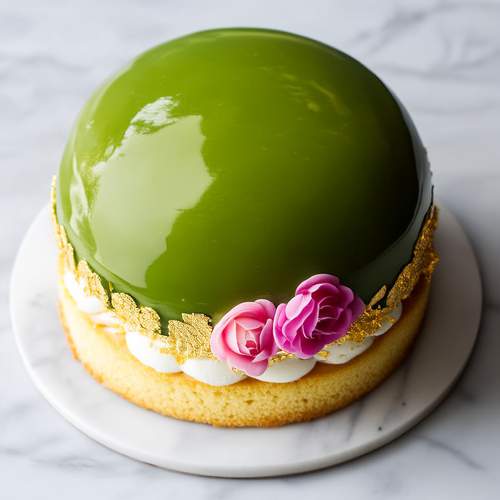
By /May 26, 2025
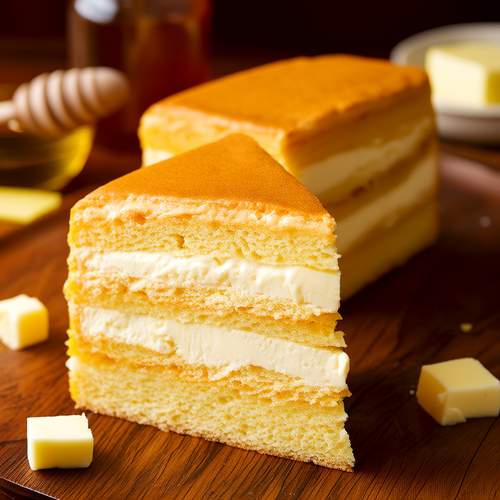
By /May 26, 2025
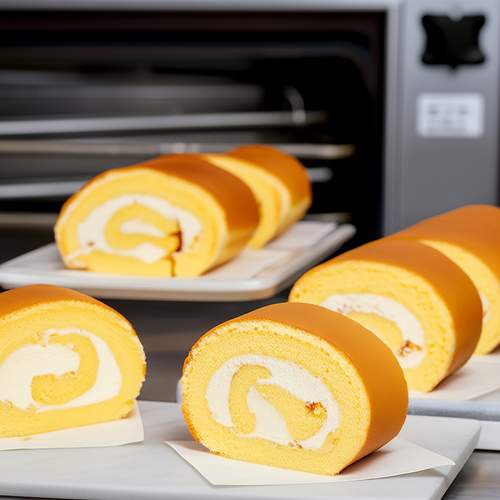
By /May 26, 2025

By /May 26, 2025
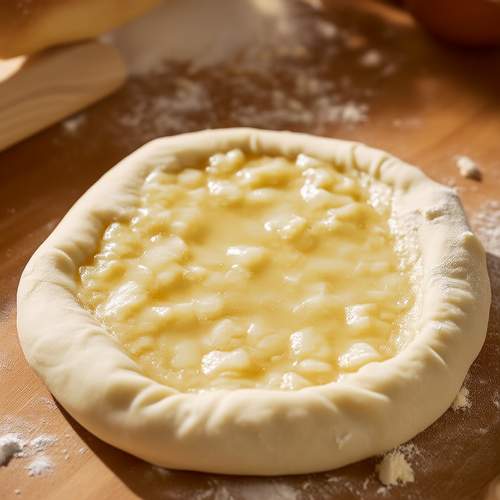
By /May 26, 2025

By /May 26, 2025

By /May 26, 2025
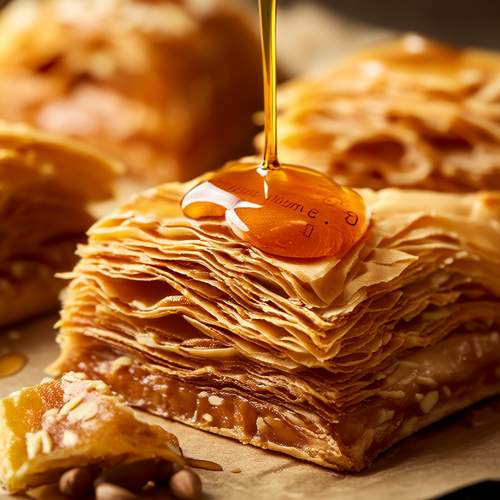
By /May 26, 2025

By /May 26, 2025

By /May 26, 2025

By /May 26, 2025